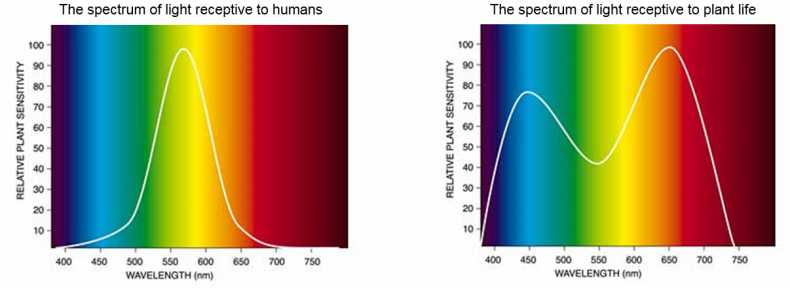P.A.R. (Photo-synthetically Active Radiation)

PAR is used to describe a certain range of light which is responsible for photosynthesis (plant growth).
Humans see visible light over a small range of the sun's radiation. This is within the wavelength band of 400 to 700 Nanometers (nm). Photosynthesis occurs over a slightly wider range of light, including parts of the ultraviolet range (290 to 400nm) and in red spectrum which is outside the visible range to humans. Although UV light is not significant for photosynthesis, recent research considers that UV may be a factor in the development of certain flavours of some specific plants.
The Average % PAR Transmission listed on our technical data determines which shadecloth is best for the application, whether shadecloth is protecting people or plants. Shadecloth is mainly used to protect plants from excessive heat, however this may also reduce the amount of PAR that reaches the plants. This is also dependant on the construction and colour of the shade cloth. For example, Black reduces the amount of PAR more than Yellow or Natural.
The Australian Standard AS 4174 – 1994 Synthetic Shadecloth calls for the Average Percentage of PAR transmission for each colour of shade cloth to be measured. This allows users to choose the most appropriate shade cloth for the particular application.